
Using Microgrids to Generate Power for the Wholesale Market
A Demonstration of VRF Technology with NEDO in California, USA
Energy Storage Facilities Provide Opportunities to Boost State Grid Reliability
In the United States, California has enacted Senate Bill 100, which sets an ambitious climate goal to reach 100% carbon-free electricity by 2045. California is committed to achieving this target while keeping grid reliability in mind, which includes finding ways to balance energy supply and demand during morning and peak evening hours when photovoltaic power generation is low. One solution was proposed by state law AB 2514, which asks utility providers to help store renewable energy by introducing battery facilities. In addition, a new program was introduced to help the wholesale power market ensure adequate revenues from energy storage facilities.
Against this backdrop, in 2015, NEDO signed a memorandum of understanding (MOU) with the California Governor’s Office of Business and Economic Development (GO-Biz). Under this agreement, a demonstration project was initiated to promote the popularization of vanadium redox flow batteries with the selection of Sumitomo Electric as a subcontractor and with cooperation from San Diego Gas & Electric Company (SDG&E), a utility based in San Diego that serves 3.7 million customers. The construction of a flow battery facility started in 2016 and the demonstration began in 2017. Like all major projects between global partners, the path to a successful demonstration created opportunities and also faced challenges.
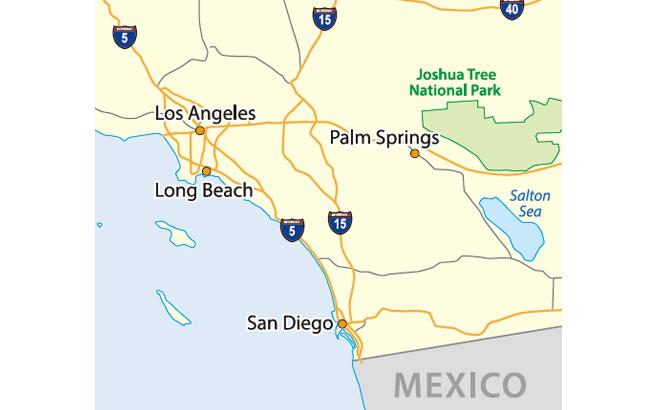
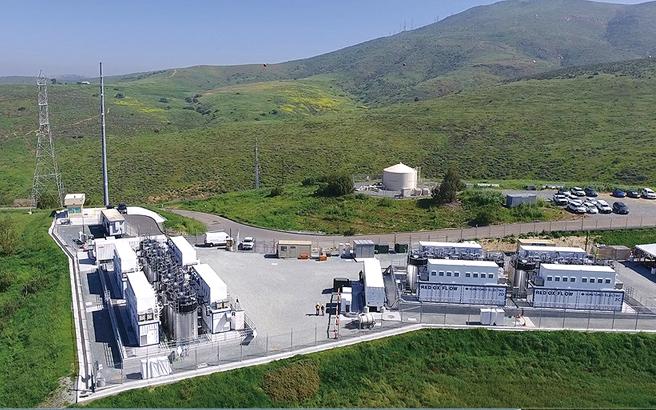
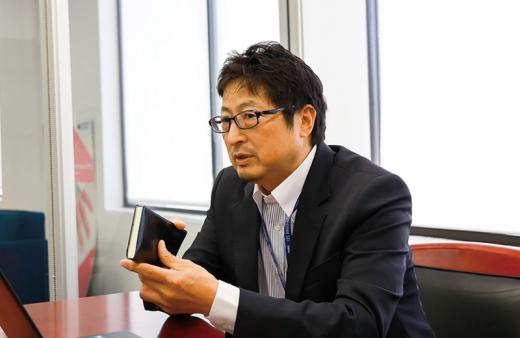
Kazutoshi Nonami, Senior Vice President of Sumitomo Electric USA, Inc. (SEUSA), explained, “We made contact with NEDO in 2012 and proposed a demonstration project of redox flow batteries in California. After a feasibility study, the proposal was accepted. The contract of the demonstration project required agreement among four companies, Sumitomo Electric, SEUSA, NEDO, and SDG&E. However, as the demonstration project of these batteries was the first, we had no template. We drew up a contract, including business risks and guaranteed performance from scratch and, in the process, realized the promise this demonstration project held.”
We started the demonstration project in 2014.
Optimizing operations of the flow battery system in the wholesale market
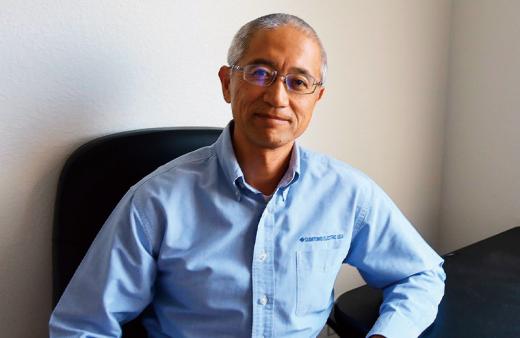
Yoshiyuki Nagaoka assumed the post of project manager of the demonstration project and shared, “In the first stage of this project, we evaluated the basic characteristics and reliability of the redox flow batteries, using the control mode of the 2,000 kW × 4 hours (8,000 kWh) flow battery installed at SDG&E’s substation. The next stage of the project aimed to evaluate system reliability, including making the stored energy of the battery available for dispatch through the California Independent System Operator (CAISO). For that reason, we developed a relationship of mutual trust with SDG&E. It was a pleasure to work with a collaborator like SDG&E on this demonstration project while building a relationship.”
The second state of operating the redox flow batteries involved the connection of the battery system to the power market. The wholesale power market calls for supply capacity that provides long-period electrical energy to cope with energy supply time-shifts as well as adjusting capabilities that provide short-period output, such as frequency regulation.
Riich Kitano, who belonged to Innovation Core SEI, Inc. in the U.S. at that time and currently works for the Flow Battery System Development Department, engaged in the operation in the wholesale power market.
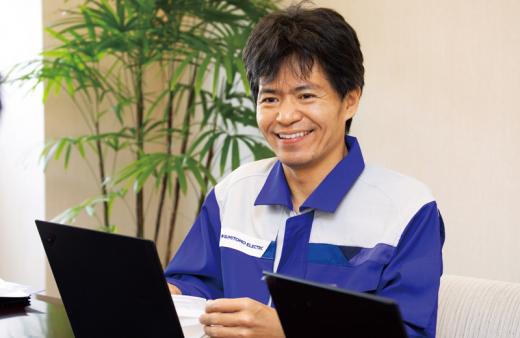
“Redox flow batteries feature restriction-free operation in terms of the number of charge and discharge cycles. This implies that the redox flow batteries are suitable for meeting charge and discharge requirements in two modes: instantaneous response and long duration. We verified the optimum operation techniques in specific hours and seasons by flexibly combining multiple trading schemes in the energy market, which provides electric power required in the market, and in the ancillary service market*, which provides frequency regulation and other services.” said Kitano.
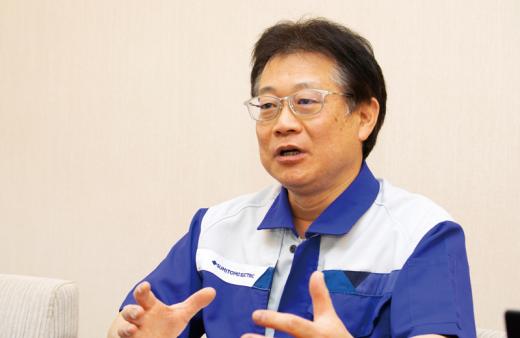
Toshio Ooka, who engaged in the NEDO project in the Flow Battery System Development Department, supported the demonstration project from Japan with Yuichi Ishiguro, who administered contract and cost management in the Administrative Department.
“I summarized the progress of the demonstration project concerning technical items on the U.S. and Japan sides and reported it to NEDO. I was committed to maintaining NEDO’s confidence by reporting demonstration data with accuracy and swiftness. I feel fortunate to have experienced many major milestones with this project, and I look forward to sharing my experience with emerging energy engineers,” said Ooka.

“This demonstration project was a large-scale, complex endeavor lasting over seven years. At the beginning, we faced various difficulties, such as delayed execution of the budget associated with the extension of work,” said Ishiguro. “However, I facilitated coordination and negotiation with NEDO and our U.S partners successfully. I felt a sense of accomplishment as well as heavy responsibility,”
* Ancillary service market: System operators, who are obliged to maintain the frequency of the electric power system, procure the power sources required for frequency regulation through markets. The ancillary service market provides regulation capability and reserve capacity to balance electricity supply and demand.
Microgrid demonstration conducted for the first time in the U.S. and Japan
The third and final stage introduced the world’s first demonstration of “dual-use” operation for a flow battery microgrid in both normal and emergency situations. Since it is easy to increase the capacity of redox flow batteries and they are equipped to provide long-time discharge, the batteries were expected to be effective in business continuity planning measures as well as enhance grid resilience for emergency situations. Redox flow batteries make the most of their strengths within a microgrid, which, in this case, provided energy service to pre-determined homes and businesses in the local community.
A microgrid with redox flow batteries as a power source was tested using a real distribution network that was momentarily disconnected from the commercial power system. SDG&E had confidence in Sumitomo Electric conducting the test, as all possible preparations were made to ease any customer inconvenience. We successfully demonstrated that the system makes it possible to continuously provide power to blackout areas as an independent power source for the first time in the U.S. and Japan. A series of demonstration project stages was completed at the end of 2021, and the system is now being operated by SDG&E.
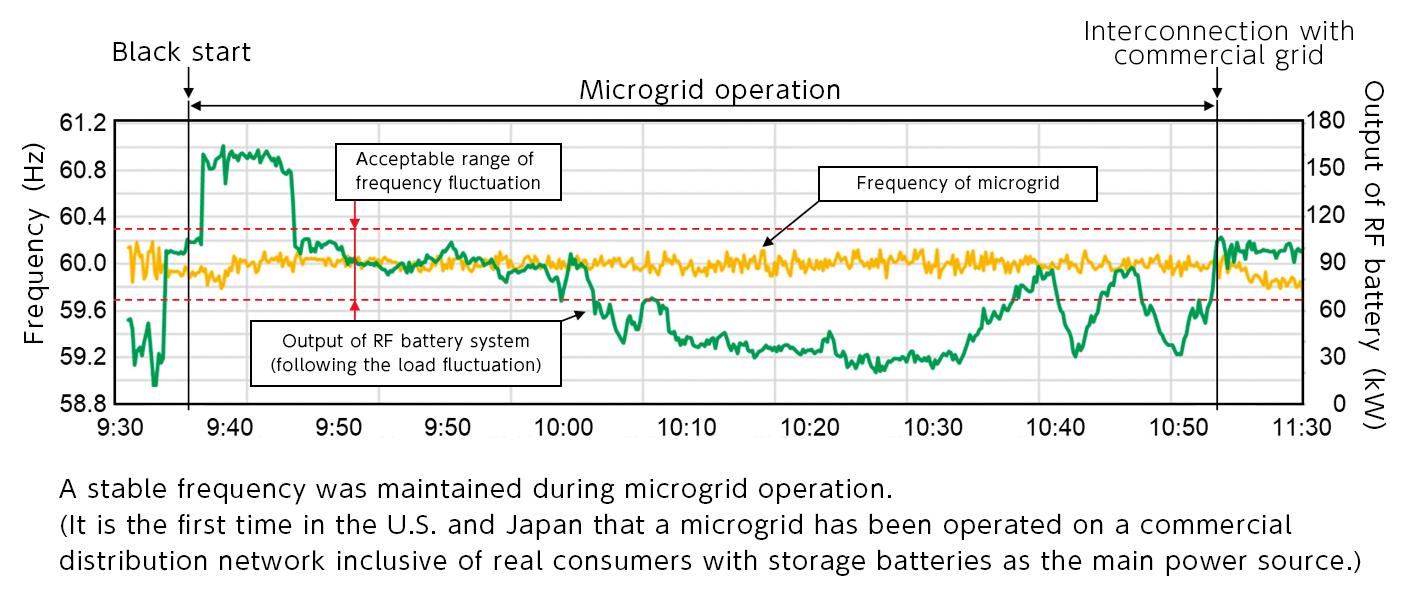
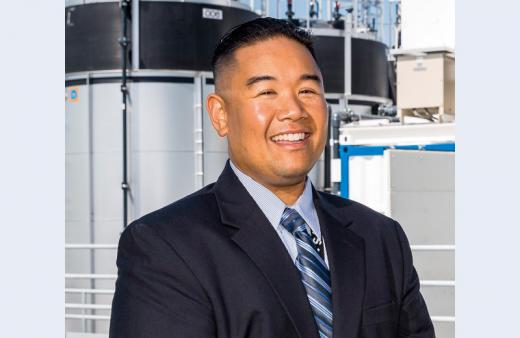
Laurence Abcede, Distributed Energy Resources Manager of SDG&E, looked back on the demonstration project as follows:
“The redox flow batteries supported our region and state grid with a high availability rate. These batteries also demonstrated grid reliability and resilience during a planned outage to simulate a system failure and test the flow batteries as a microgrid running independent from the larger grid. The demonstration was successful and SDG&E will continue to collect data and optimize operations as we integrate the VRF battery into our overall grid and energy storage portfolio.” said Abcede.
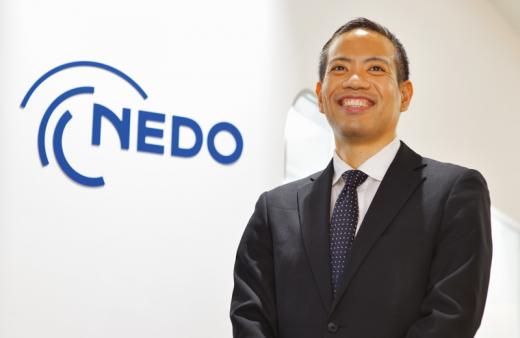
Eitaro Omine, an official of NEDO, evaluated the project as follows:
“We successfully completed the project due to the efforts of Sumitomo Electric. We have proved not only the effectiveness of system stability but also the high reliability of the system by the almost 100% availability rate. The success of the microgrid demonstration was an important favorable result. The project also became a good case of cooperation between the U.S. and Japan. For social implementation, We expect Sumitomo Electric to reduce costs of redox flow batteries,” said Omine.
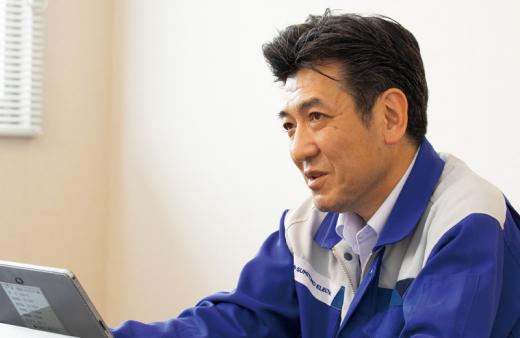
Toshikazu Shibata, General Manager of the Flow Battery System Engineering Department, was in command of the entire project.
“We see the enormous potential of redox flow batteries amid the accelerated introduction of renewable energy. We consider redox flow batteries of Sumitomo Electric to be technologically advanced. Making full use of our redox flow batteries, we will accelerate the introduction of renewable energy and contribute to achieving a carbon neutral society,” said Shibata.
It is certain that the dissemination of redox flow batteries of Sumitomo Electric will be a step toward a more sustainable future.
Registration of public notification
If you register your e-mail address, we will notify you when the latest issue is published. If you wish, please register from the registration form.
To delete your registration, please visit here.
